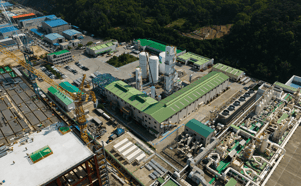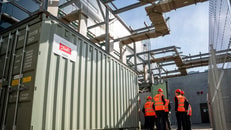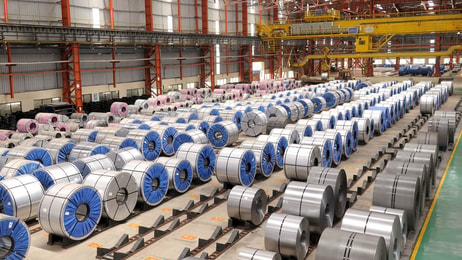MENA: Optimising a Reduction in Carbon Emissions
At COP21 in Paris, on 12th December 2015, Parties to the UNFCCC (UN Framework Convention on Climate Change) reached a landmark agreement to combat climate change and accelerate the shift to a low-carbon future. The Paris Agreement aims to limit the global temperature rise this century well below 2C above pre-industrial levels and – if possible – contain the increase to below 1.5C.
To hit these targets, countries have laid out plans to reach global peaking of greenhouse gas (GHG) emissions by mid-century. Outlined through nationally determined contributions (NDCs), countries communicate actions they will take to reduce these emissions, focusing on essential areas such as finance, technology and capacity-building.
Given the reliance of many MENA countries on so-called ‘extractive fossil fuel wealth’, the region is seen by organisations such as the Carnegie Endowment for International Peace (CEIP) as a major contributor to climate change by expanding the global carbon footprint.
Home to the world’s largest oil producing nations, the MENA region’s GHG emissions are among the largest in the world, with 13 tonnes of CO2 emitted per capita per year – or 5% of global emissions.
... to continue reading you must be subscribed
























